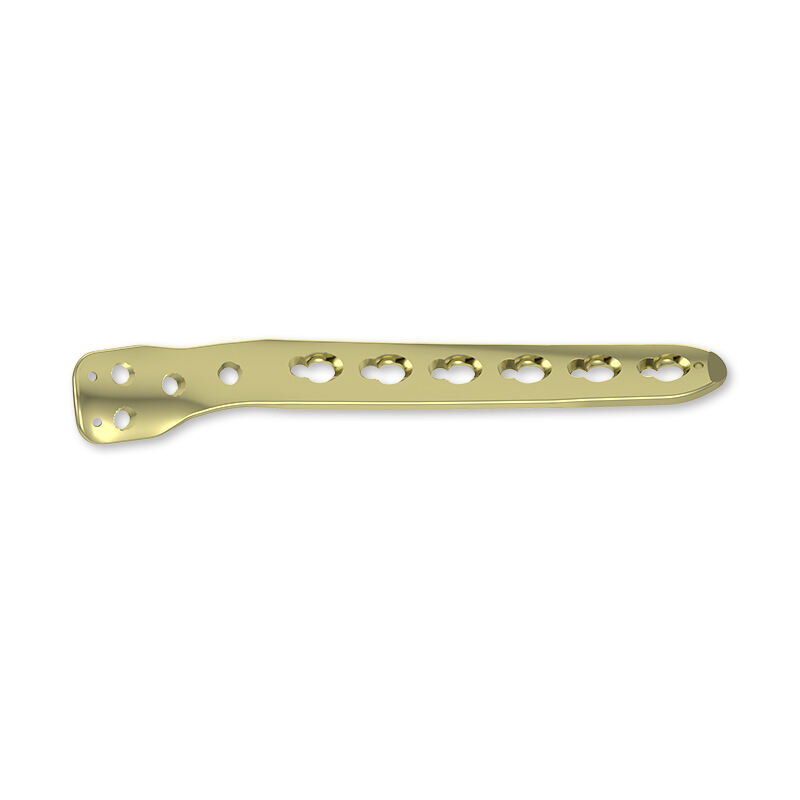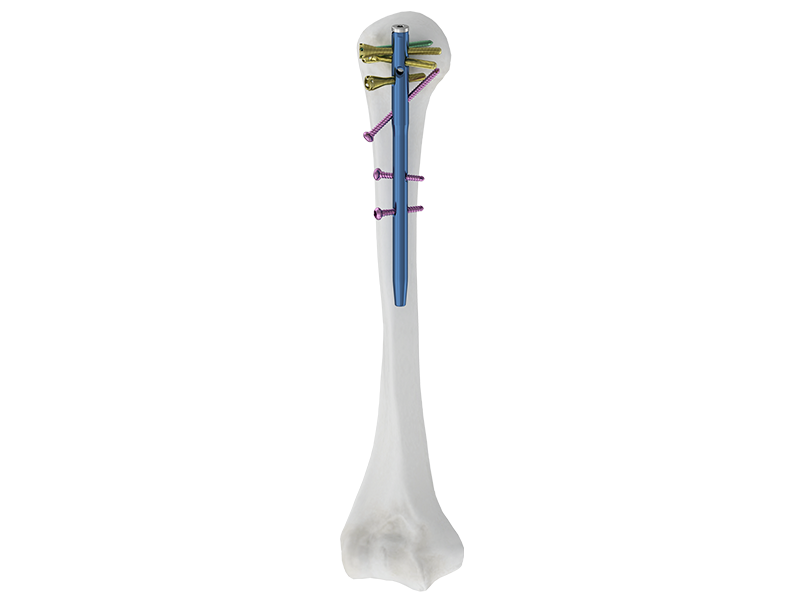orthopaedic fixation devices
Orthopaedic fixation devices are medical instruments designed to stabilize and repair broken or weakened bones and joints. These devices come in various forms, such as plates, rods, screws, wires, and pins, each with a specific purpose in mind. Their main functions include maintaining the correct alignment of bones during healing, reducing the risk of bone displacement, and supporting the body's weight. Technological features of these devices include advanced materials that promote osseointegration and reduce the risk of infection, as well as designs that allow for minimal invasiveness. Applications range from the treatment of fractures and osteotomies to the correction of spinal deformities and the support of joint fusions. The versatility and precision of these devices make them indispensable in modern orthopaedic surgery.



